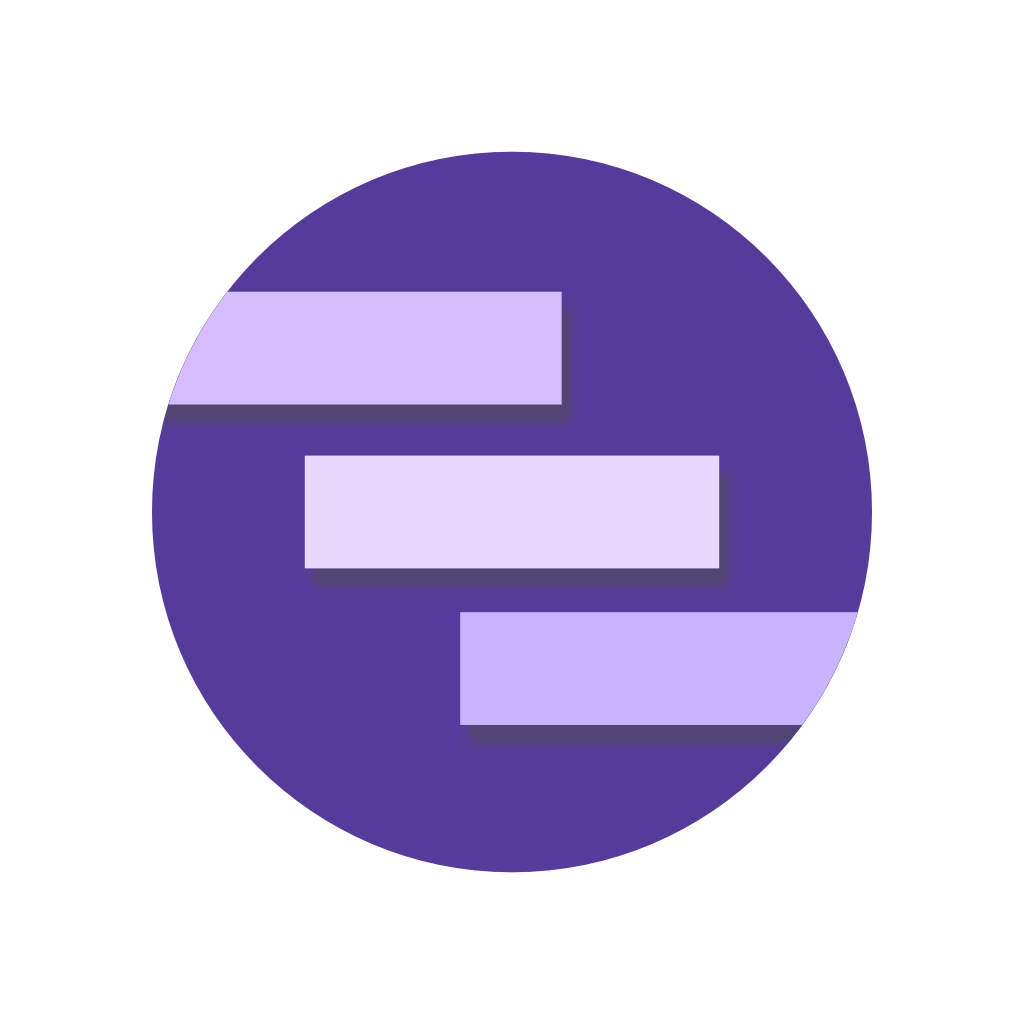Events
Handling notification and device events.
Notification & device events are an important concept as they allow applications to react to events (e.g. a user pressing a displayed notification and changing the in-app screen).
Listening for events
Using Notifee it is possible to display notifications in various situations, for example via Headless JS tasks, directly from your application (e.g. Button press) or via 3rd party services such as FCM.
This flexibility opens up a key challenge for React Native developers; handling events when the application is both active & killed. Notifee provides a simple API for handling both scenarios.
Foreground Events
An application is deemed in the "foreground" only under the following situation:
- The device is unlocked, and the application is running & is in view (foreground).
In any other situation a Background Event is used instead. If the user has opened your application and switched to another task (e.g. opened another app, pressed the "home" button) but not closed/quit your application, it is still classed as being in the background.
To handle foreground events, the useEffect hook can be used with the
onForegroundEvent method:
import { useEffect } from 'react';
import notifee, { EventType } from '@notifee/react-native';
function App() {
// Subscribe to events
useEffect(() => {
return notifee.onForegroundEvent(({ type, detail }) => {
switch (type) {
case EventType.DISMISSED:
console.log('User dismissed notification', detail.notification);
break;
case EventType.PRESS:
console.log('User pressed notification', detail.notification);
break;
}
});
}, []);
}
To view all event types, view the EventType documentation.
The foreground event handler runs inside of our React Native code, allowing you to update the application UI or perform asynchronous actions such as performing a HTTP request.
To learn about handling user interaction with events, view the Android Interaction documentation.
Unsubscribing
The onForegroundEvent method returns a function which can be used to unsubscribe from future events:
const unsubscribe = notifee.onForegroundEvent(...);
// Sometime later...
unsubscribe();
Background events
An application is deemed in the "background" under the following situations:
- The device is locked.
- The application is running & is not in view (minimized).
- The application is killed/quit.
The onBackgroundEvent method is used to register a callback handler
which will be executed whenever a background event is sent. Executing the callback handler in the background requires
device resources so it is important that any code is executed efficiently & quickly.
To run long running tasks on Android, view the Foreground Service documentation.
Background tasks run without React context, meaning you cannot update your application UI. You can however perform logic to update a remote database, update local device storage or even display/update a notification with Notifee! An example of a background event would be handling a "Mark as read" action by updating your database and cancelling the notification.
Only a single background event handler can be registered. To register your handler, the onBackgroundEvent
method should be registered as early on in your project as possible (e.g. the index.js file):
// index.js
import { AppRegistry } from 'react-native';
import notifee, { EventType } from '@notifee/react-native';
import App from './App';
notifee.onBackgroundEvent(async ({ type, detail }) => {
const { notification, pressAction } = detail;
// Check if the user pressed the "Mark as read" action
if (type === EventType.ACTION_PRESS && pressAction.id === 'mark-as-read') {
// Update external API
await fetch(`https://my-api.com/chat/${notification.data.chatId}/read`, {
method: 'POST',
});
// Remove the notification
await notifee.cancelNotification(notification.id);
}
});
// Register main application
AppRegistry.registerComponent('app', () => App);
The handler callback expects that once the task has completed a Promise is returned/resolved. The above example makes use
of an async function which
returns an implicit Promise once complete. If you are not using async, ensure your handler callback returns a promise
once complete.
Please note, for iOS, the
DELIVEREDevent is not fired for trigger notifications when the app is in the background.
App open events
If user interaction on a notification has caused your application to open, you may want to obtain the notification which
triggered the app to open (e.g. a specific chat message). Notifee exposes a getInitialNotification method on Android,
which can be called early on in your React lifecycle to obtain the notification which opened the application.
getInitialNotificationis deprecated on iOS in favour of thePRESSevent received by theonForegroundEventevent handler
It is recommended to always check if a notification has caused your app to open before displaying the main app content. Once consumed, the initial notification is removed.
For example, setup a "bootstrap" function inside of the root component of your application:
import React, { useState, useEffect } from 'react';
import notifee from '@notifee/react-native';
function App() {
const [loading, setLoading] = useState(true);
// Bootstrap sequence function
async function bootstrap() {
const initialNotification = await notifee.getInitialNotification();
if (initialNotification) {
console.log('Notification caused application to open', initialNotification.notification);
console.log('Press action used to open the app', initialNotification.pressAction);
}
}
useEffect(() => {
bootstrap()
.then(() => setLoading(false))
.catch(console.error);
}, []);
if (loading) {
return null;
}
...
}
If available, the initialNotification contains the notification & press action which triggered the app to open. Both
can be combined to perform logic inside of your application which the user expects from their interaction, for example,
opening a chat screen with a specific user who trigger the notification.
Once the initial notification has been consumed with a call to getInitialNotification, it is removed. If the app re-opens
before the initial notification has been consumed (e.g. the user manual closing & reopening), it will not be available.
